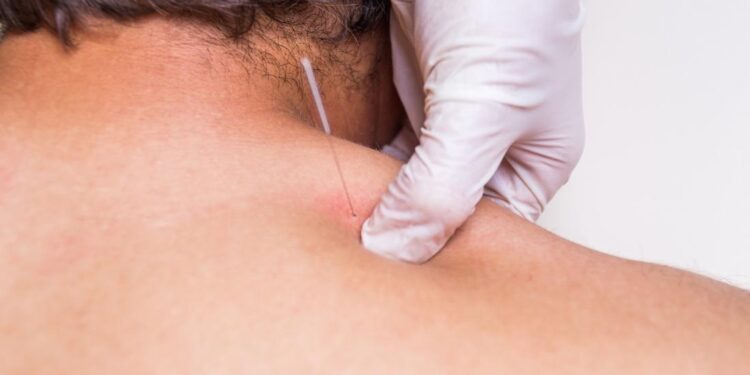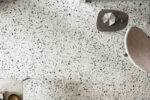Which is better acupuncture or dry needling?

Feeling discomfort or pain, especially in the long-term, can be very detrimental to daily life. Many medical conditions that could lead to such events. Some may be lucky to find that simple pain management such as taking painkillers and placing warm or cold packs can help ease pain or aches but many may need to go the extra mile in order to feel at ease and in less pain. There are many alternative treatments available to help address these issues, part of it is dry needling and acupuncture. The question now is, which is better?
To decide which one is better, it is worth knowing what exactly acupuncture and dry needling are in terms of similarity and differences. Dry needling and acupuncture both involve puncturing the skin with stainless steel needles with the same aim of providing pain relief. Feeling relaxed or energised after a session of either one of the procedures can be expected but do note that a person responding may differ to another person although receiving the same treatments. From here, you will learn vast differences between the two and understand that acupuncture is much better compared to dry needling.
Buy Telfast 180mg Tablet 10s (strip)
What is acupuncture? Acupuncture is a procedure that has existed for thousands of years by inserting needles at strategic points based on the philosophy that the body can be healed by chi or release of energy flow. Traditionally, it is believed that an illness or disease is a result of a blocked or interrupted chi that travels through the human body along the 12 pathways known as meridians that are linked to organs in the body. Acupuncture removes the blockage and balances the energy flow. In the newer practice Western medical acupuncture, needle insertion is believed to stimulate the nerve in the muscles and under the skin. This led to production hormones such as endorphins that help people deal with pain. Acupuncture is used to alleviate many symptoms including muscle aches and pains, nausea, headache, migraines and knee pain. Since acupuncture has existed for thousands of years, there has been much research and established health benefits that proves acupuncture is safe and effective. Furthermore, regulations available help to identify registered and certified acupuncture practitioners.
What is dry needling? Dry needling is the practice of using a thin needle to stimulate the trigger points in muscle. It is inserted to a tight area, knot in muscle and trigger points or render bands of muscle within the larger muscles. These resulted in pain and tension relief. Dry needling is a relatively new treatment as it was developed in the 1980s. It is based on modern Western medicine principles and focused on evidence-based guidelines. The primary aim of dry needling is to relieve muscle pain and cramping but there are also chances of improving a person’s flexibility. Since dry needling is relatively new to the medical world, it is not well established as acupuncture. This translates to the procedure is not well-regulated and more room for a person to experience side effects due to inexperienced practitioners. Furthermore, dry needling is not advisable for pregnant women whereas acupuncture has been proven to be beneficial for pregnant women.
In essence, acupuncture is better than dry needling as it is well regulated and has been proposed to be effective in many years of research. However, dry needling may be for you if you are just looking for muscle relief and acupuncture for certain medical conditions. It is important to talk with your healthcare provider before trying any of these procedures and to get suggestions of a good practitioner. Do bear in mind that acupuncture and dry needling should not be considered as replacement of conventional medical therapy such as physiotherapy or surgery.
Also read – Dengue Prevention.





